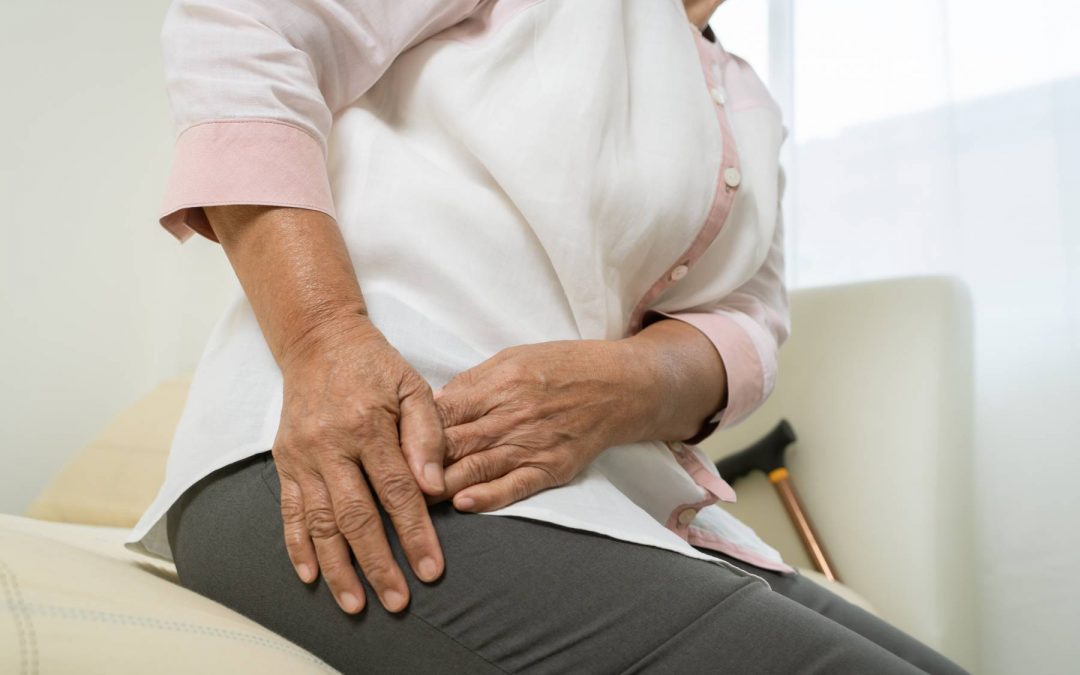As we age, caring for our bones and joints becomes essential for maintaining independence, reducing discomfort, and continuing to enjoy an active lifestyle. Healthy bones and joints are vital for mobility and balance, and they play a central role in preventing injuries like fractures. Here, we’ll explore the importance of bone and joint health for seniors and share practical tips on how to maintain it.
1. Understanding Bone and Joint Health in Aging
With age, our bodies naturally undergo changes that can affect bone density and joint health. Bone density—the amount of mineral content in bones—tends to decrease over time, especially after menopause in women, making bones more brittle and prone to fractures. According to the National Institute on Aging, this bone loss contributes to conditions like osteoporosis, which affects about 54 million Americans and increases the risk of fractures even from minor falls. Joint health is also impacted by aging as the cartilage in joints gradually wears down, leading to osteoarthritis, a common condition among older adults. Osteoarthritis can cause pain, stiffness, and inflammation, especially in weight-bearing joints like the hips and knees (Arthritis Foundation). Knowing about these changes allows seniors to take proactive steps to support bone and joint health.
2. Nutrition for Strong Bones and Joints
Diet plays a major role in bone and joint health. Here are some of the key nutrients seniors should focus on:
-
Calcium: Calcium is crucial for bone health, and inadequate intake can lead to a higher risk of osteoporosis. The National Osteoporosis Foundation recommends 1,200 mg of calcium per day for women over 50 and men over 70. Calcium-rich foods include dairy products like milk and cheese, as well as leafy greens and fortified foods.
-
Vitamin D helps the body absorb calcium effectively. Natural sources include sunlight, fatty fish, and fortified foods. The National Institute of Health recommends a daily intake of 800-1,000 IU for adults over 70 to support bone density and prevent fractures .
-
Protein: Adequate protein intake is essential for muscle maintenance, which supports the joints. Lean proteins like fish, poultry, eggs, and legumes are excellent options for seniors (Academy of Nutrition and Dietetics) .
-
Anti-Inflammatory Foods: Foods with anti-inflammatory properties, like turmeric, ginger, and olive oil, may help reduce joint inflammation. A diet rich in omega-3 fatty acids—found in fatty fish like salmon—has also been shown to support joint health by reducing inflammation (Arthritis Foundation).
3. Exercise and Physical Activity
Staying physically active is one of the best ways for seniors to support joint and bone health. Exercise can improve bone density, build muscle around joints, and enhance flexibility, all of which contribute to better joint function and reduced pain.
-
Weight-Bearing Exercises: Weight-bearing exercises like walking, jogging, and dancing help to maintain bone density, making bones stronger and reducing the risk of osteoporosis. Even 30 minutes a day of walking has been shown to positively affect bone health (U.S. Department of Health and Human Services).
-
Strength Training: Strength training builds muscle around the joints, providing additional support and stability. The American College of Sports Medicine suggests strength training at least twice a week for seniors to improve joint stability and prevent falls.
-
Flexibility and Mobility Exercises: Activities like pilates and tai chi can improve joint flexibility and overall mobility. Flexibility exercises are gentle on the joints and help increase range of motion, which can make daily activities easier (Mayo Clinic).
-
Low-Impact Options: For those who find high-impact exercise daunting, low-impact activities like swimming or cycling are excellent alternatives. Swimming, in particular, is easy on the joints while still providing cardiovascular benefits and strengthening the muscles around the joints (Arthritis Foundation) .
4. Maintaining a Healthy Weight
Excess body weight adds strain to weight-bearing joints like the knees, hips, and spine. Managing a healthy weight can significantly reduce this strain and slow down the progression of joint wear and tear. Research shows that even a modest reduction in weight can lower the risk of developing knee osteoarthritis by as much as 50% (Centers for Disease Control and Prevention). To support weight management, seniors can focus on a balanced diet, mindful portion sizes, and regular exercise that includes both aerobic and strength activities. Maintaining a healthy weight benefits not just joint health but also overall well-being.
5. Lifestyle Tips for Protecting Joint Health
-
Practice Good Posture: Maintaining good posture reduces the risk of strain on the spine, shoulders, and other joints. Seniors should avoid slouching and should use ergonomic furniture that supports their back and encourages proper alignment (American Chiropractic Association).
-
Use Assistive Devices if Needed: For seniors experiencing joint pain, assistive devices like walkers, canes, and ergonomic chairs can provide extra support and help prevent further wear on the joints.
-
Choose Supportive Footwear: Proper, well-fitting shoes can help maintain balance and reduce strain on the knees and hips. Orthotic insoles can provide extra support for those who need it (American Podiatric Medical Association).
6. Supplements and Medications
-
Calcium and Vitamin D Supplements: For seniors who have a hard time meeting their daily requirements through diet, supplements can be a practical option. However, it’s essential to consult with a healthcare provider for proper dosage and guidance (Bone Health and Osteoporosis Foundation).
-
Pain Relief Options: Over-the-counter medications, like acetaminophen and nonsteroidal anti-inflammatory drugs, may provide relief for joint pain. It’s recommended to consult with a healthcare provider before starting any pain management regimen, especially if other medications are involved (National Institutes of Health).
7. Regular Health Check-Ups
Routine medical check-ups are critical for early detection and management of bone and joint health conditions. Seniors should consider:
-
Bone Density Tests: For those at higher risk of osteoporosis, routine bone density screenings are advised. These tests can help track bone health over time and allow for preventive measures if needed (U.S. Preventive Services Task Force).
-
Joint Health Monitoring: Regular check-ups with a primary care provider can detect early signs of joint issues. Early intervention paired with lifestyle changes, medication, or physical therapy often leads to better outcomes.
Final Thoughts
Taking proactive steps to maintain joint and bone health is crucial for seniors who want to stay active and independent as they age. With the right balance of nutrition, physical activity, lifestyle adjustments, and regular check-ups, seniors can protect their bones and joints, reduce discomfort, and enjoy a better quality of life.
mmm
Next Steps
You can always get compassionate, tailored support from us in one of these three easy ways — all completely free.
Visit our support page to request your complimentary Caregiver Workbook.
Call our Caregiver Hotline for free custom support at 855-461-2552. All questions welcome.
Send us a message describing how we can support you. Choose whether you’d like us to reach out: text, email, or snail mail.
There is no charge for these services. They’re simply an extension of our mission to help every family who calls.



